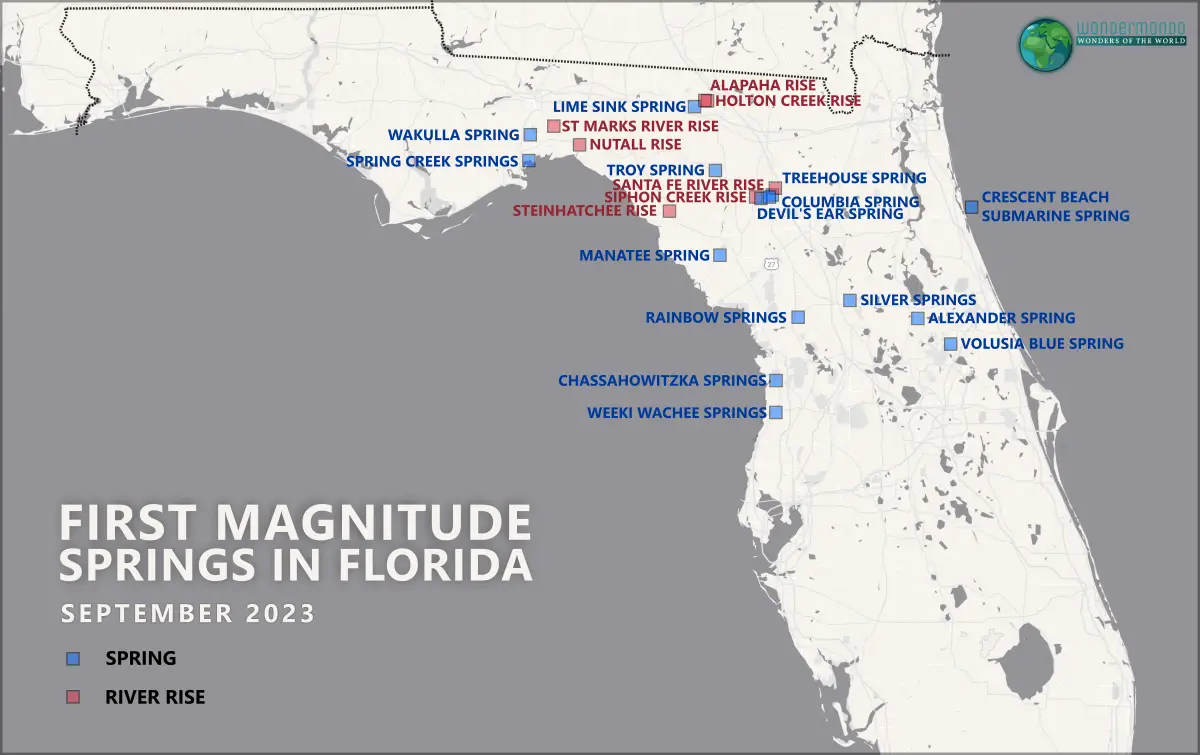World 🢖 North America 🢖 United States 🢖 Florida
Springs 🢔 Geological wonders 🢔 Categories of wonders
Wonder
Rainbow Springs
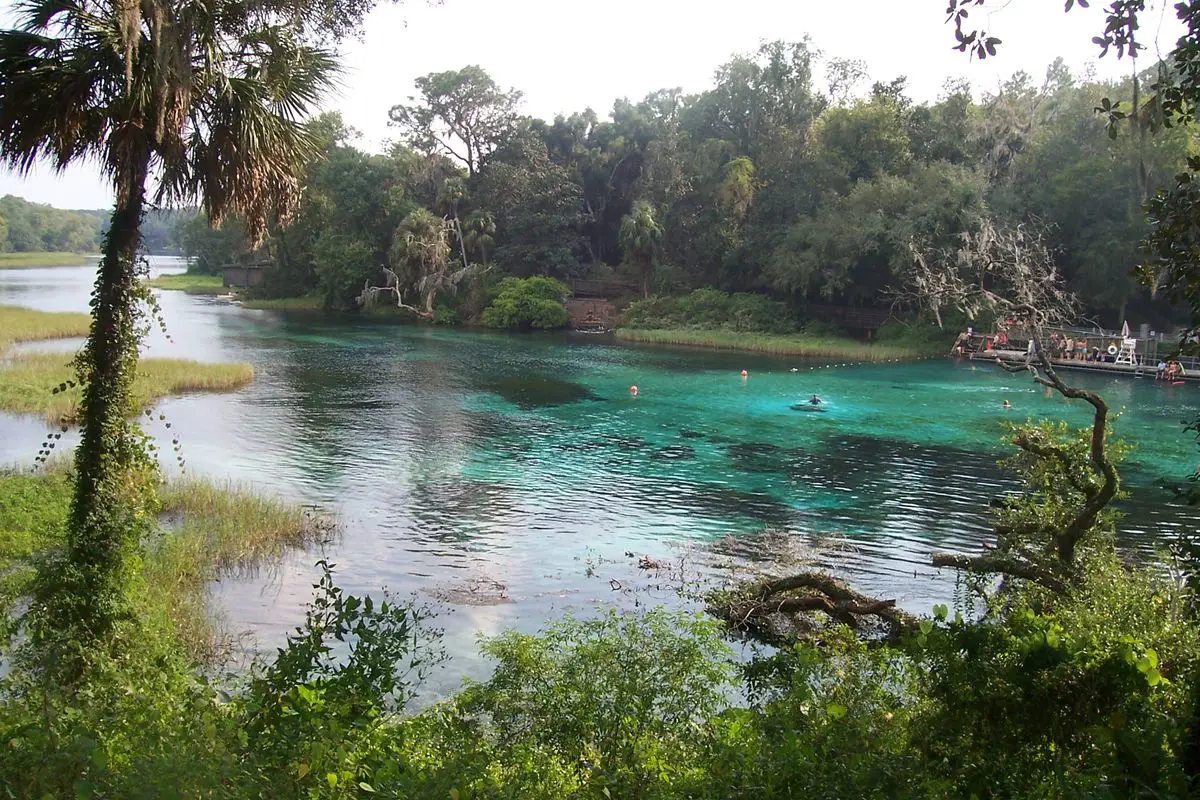
 In short
In short
One of the most powerful springs in Florida is Rainbow Springs. This giant spring system emits some 19 454 liters of clear water every second, creating a large river.
 42.8%
42.8%
GPS coordinates
Location, address
Alternate name
Average discharge
Map of the site
If you see this after your page is loaded completely, leafletJS files are missing.
 In detail
In detail
Description
Rainbow Springs have formed in Ocala Limestone that formed in the Upper Eocene some 35 million years ago. Springs, though, are much younger.
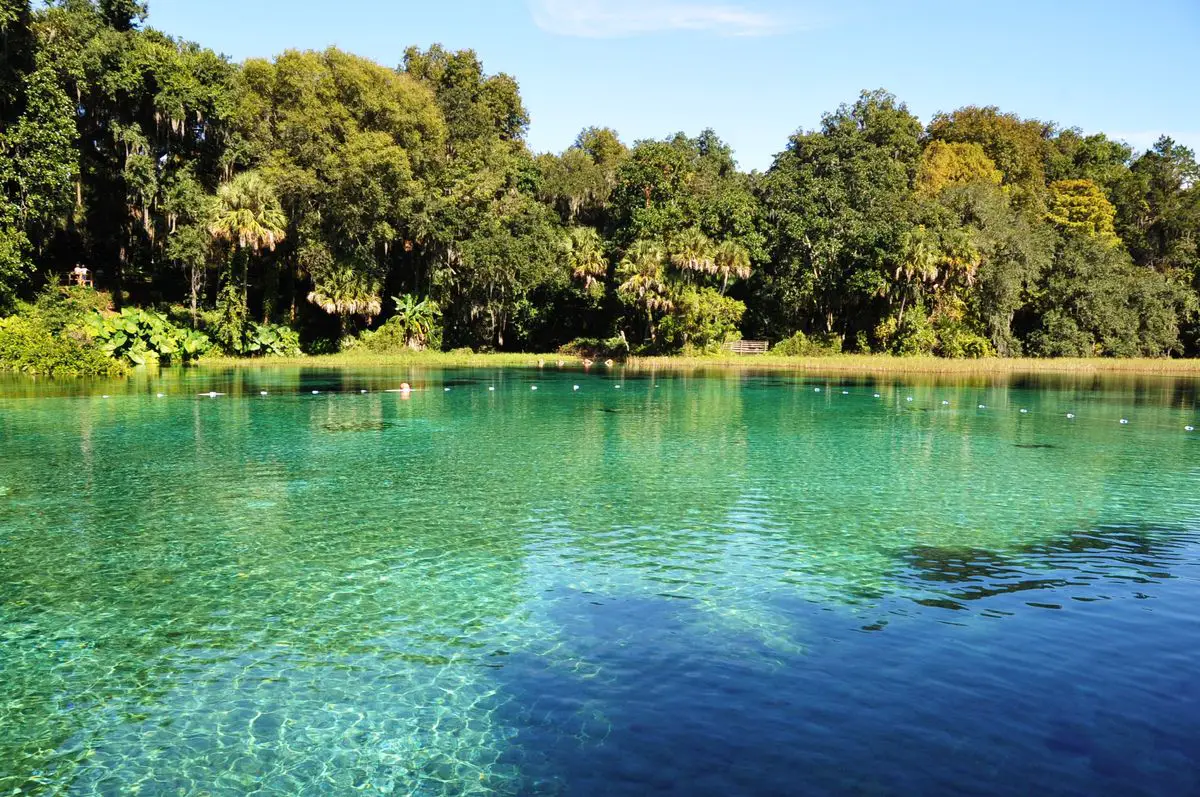
This is a whole group of smaller spring vents – there have been counted even 87 vents.
The first major springs form the head of the river but there are rather many springs further along with it. Six of these vents – 1st, 2nd and 3rd, 4th and 6th + 7th, – are 1st magnitude springs. 1st, 2nd and 3rd vent in the middle 1990ies had a discharge of 3,341 l/s, 4th spring – 3,625 l/s and 6th plus 7th vents – 4,730 l/s.
The head of the river starts with an impressive spring pool that is 100 by 110 m large. The deepest spring vent in it is at the depth of 3 m.
This spring pool is absolutely amazing – a giant basin of lucid spring water with a sandy bottom.
The most powerful are Rainbow Springs No. 6. and 7. further down the stream with the medium output of some 4 730 liters per second.
These springs form the Rainbow River (Blue Run) – a 9.2 km long river that falls into Withlacoochee River.
Rainbow Springs are well researched and the measurements from 1965 to 2010 show that the medium output of all springs together is some 19 454 liters per second (3). Most likely, over the last decades, the output of these springs has decreased.
Temperature of the water is 23.4 degrees.
In this scenic and comparatively wild area can be found numerous rare animals and plants, such as indigo snake, Florida mouse, Sherman’s fox squirrel, and others. In the river have been found fossils of mastodons and mammoths.
History
When Europeans arrived in the area in the early 19th century, there lived Timucua people.
An early settlement there was Juliette, and, most likely, it was located at springs. This settlement started to develop around 1839 but disappeared completely around the 1920ies.
In the 1890ies – the early 20th century the area around the springs was mined for phosphate, there arrived more people, and the towns of Dunnellon developed.
The impressive group of springs was called simply Blue Springs and this beautiful natural area was well known. In the 1930ies there was founded a private company – Blue Spring Company – and a theme park was established. The river bed was dredged and cleaner to provide better visibility and special, unique boats were constructed for visitors. These were so-called sub-boats where the visitors could descend deeper and look at the underwater world at their eye level. Five of these boats have been preserved up to this day, although in a bad condition.
Additional attractions were the artificial waterfalls – Rainbow Falls and Seminole Falls – that were built over the piles of phosphate tailings. The theme park included also a zoo and a famous monorail.
In the 1930ies the generic name of springs – Blue Springs – was changed to Rainbow Springs.
As the interstate road network was built and other attractions were developed elsewhere, the popularity of Rainbow Springs fell and in 1974 the theme park was closed.
In 1972 this geological wonder was designated as a National Natural Landmark.
Nevertheless, with the further development of mass tourism, the idea of the theme park was revived. The state purchased the land in 1990 and in the 1990ies the park was reopened. Now it is a state park with an active organization of volunteers – Friends of Rainbow Springs.
References
- First Magnitude Springs of Florida, Florida Geological Survey Open File Report No 85. Accessed in May 30, 2022.
- Rainbow Springs State Park. Accessed in May 30, 2022.
- Rainbow Springs State Park, Advisory Group Draft Unit Management Plan (PDF file). Accessed in May 30, 2022.
Rainbow Springs are included in the following article:
 Linked articles
Linked articles
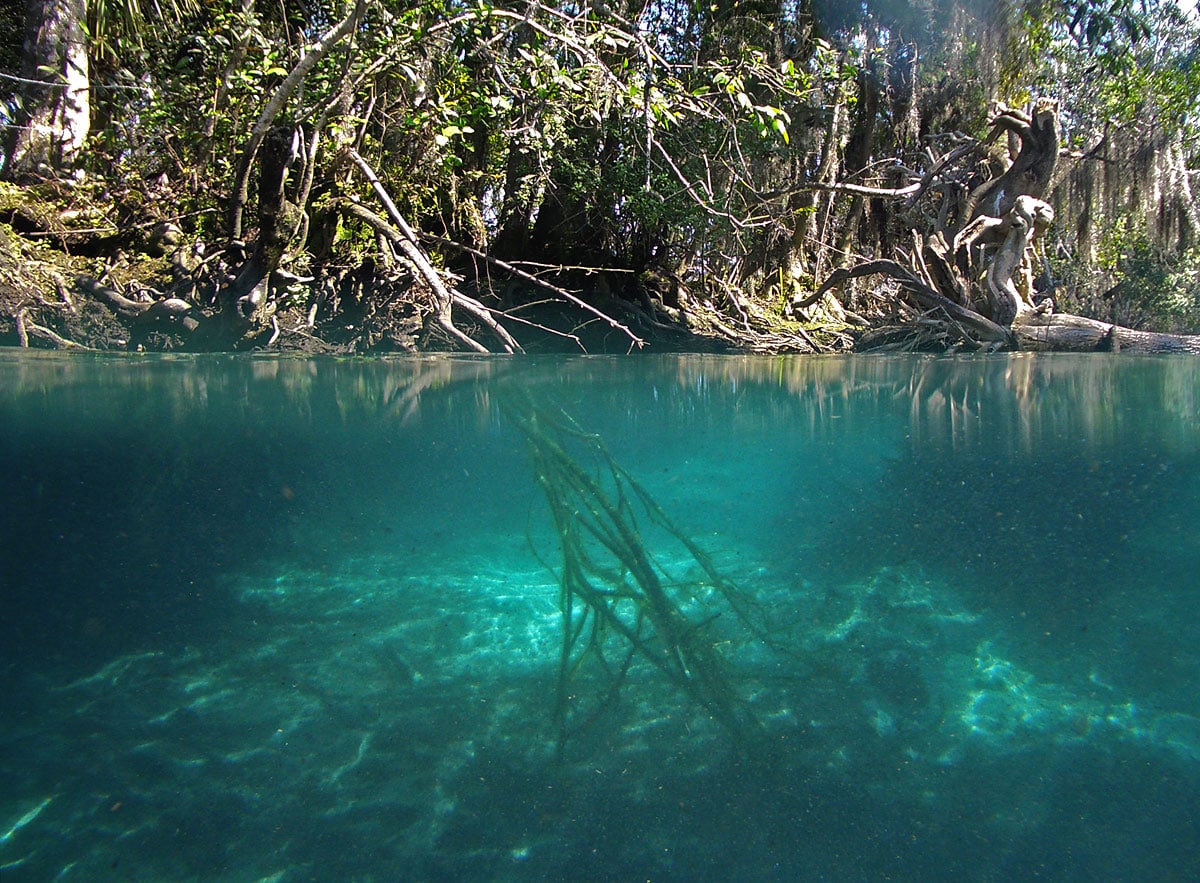
Springs
Powerful natural freshwater springs belong to the most fascinating monuments of nature. Even more exciting is the diversity of unusual springs – mineral springs, hot springs, submarine springs as well as the unusual black smokers. Especially beautiful are such natural rarities as travertine, silica, or salt terraces created by warm and hot springs and, especially, geysers.
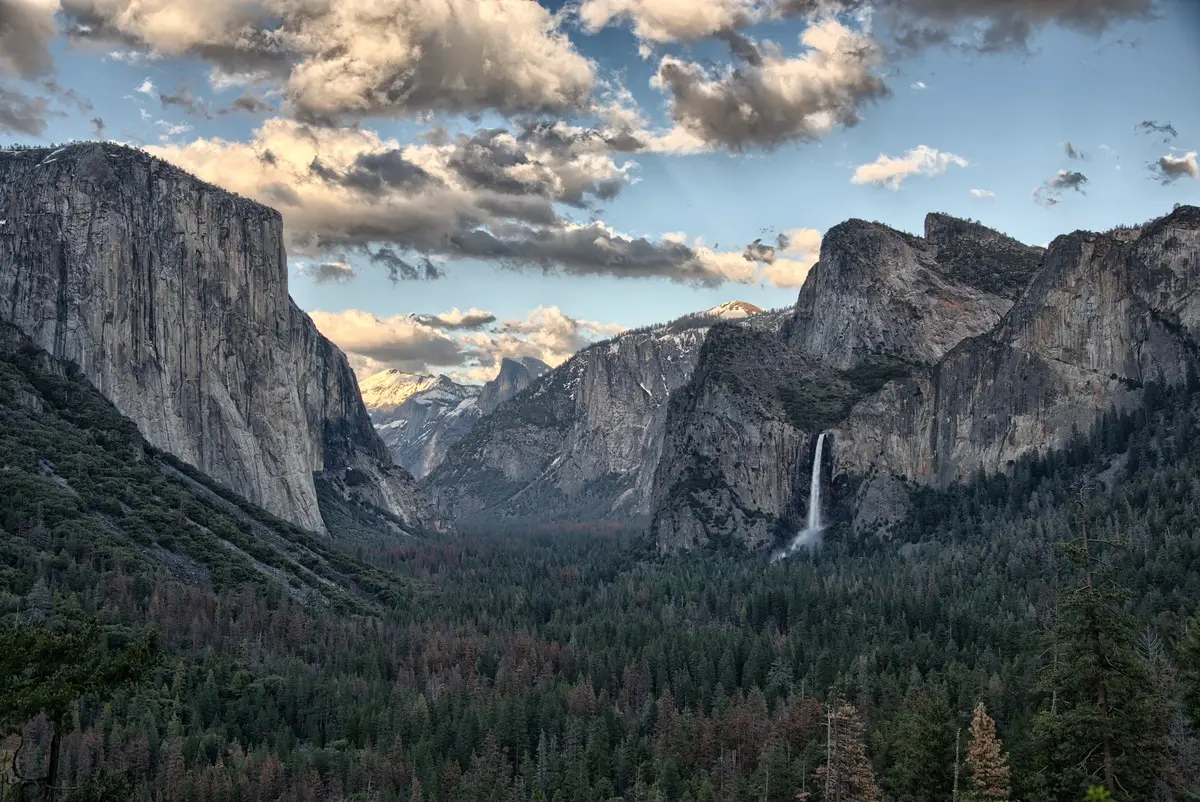
Wonders of the United States
The United States of America is one of the largest countries in the world and offers a wide array of diverse attractions: many are unsurpassed in the world. Highlights of the United States are cliffs, canyons, and rock formations, several impressive downtowns of cities with numerous skyscrapers as well as a rich array of geothermal features, and the giant forest of California.
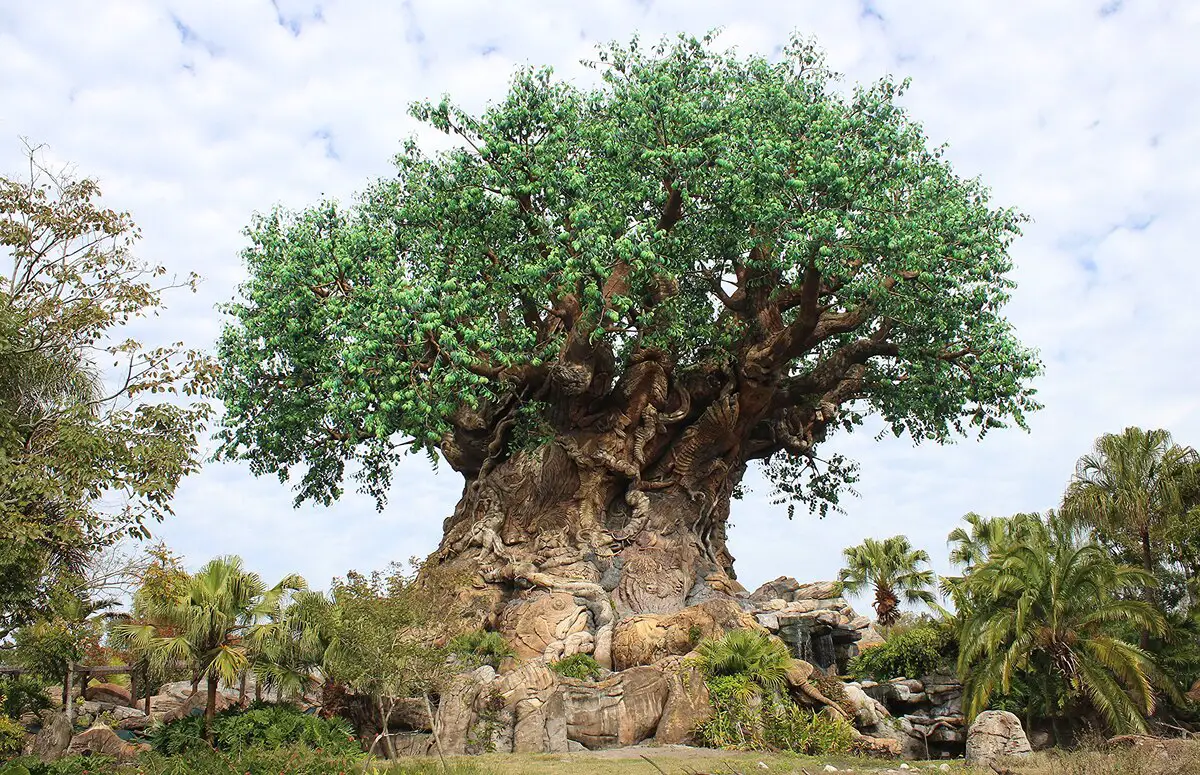
Wonders of Florida
Florida is the tropical paradise of the mainland United States. Over the last century, it has experienced fabulous changes, turning from a forgotten, swampy badland into a densely populated and rich land. Highlights of Florida include the architecture of the late 19th and 20th centuries as well as its giant springs and caves.
 Recommended books
Recommended books
Florida Natural Wonders: 101 Slices Of Heaven That You Can’t Miss When Visiting Florida
Are You Ready for a Breathtaking Experience Through the Heart of Florida, Exploring Its Most Famous Wonders and Attractions?
If you want a guide that will help you find the most beautiful spots in this gorgeous state, then keep reading because this is the book you were looking for!
Backroads of Paradise: A Journey to Rediscover Old Florida
In the 1930s, the Federal Writers’ Project sent mostly anonymous writers, but also Zora Neale Hurston and Stetson Kennedy, into the depths of Florida to reveal its splendor to the world. The FWP and the State of Florida jointly published the results as Florida: A Guide to the Southernmost State, which included twenty-two driving tours of the state’s main roads. Eventually, after Eisenhower built the interstates, drivers bypassed the small towns that thrived along these roads in favor of making better time. Those main roads are now the state’s backroads—forgotten by all but local residents, a few commuters, and dedicated road-trippers. Retracing the original routes in the Guide, Cathy Salustri rekindles our notions of paradise by bringing a modern eye to the historic travelogues.

